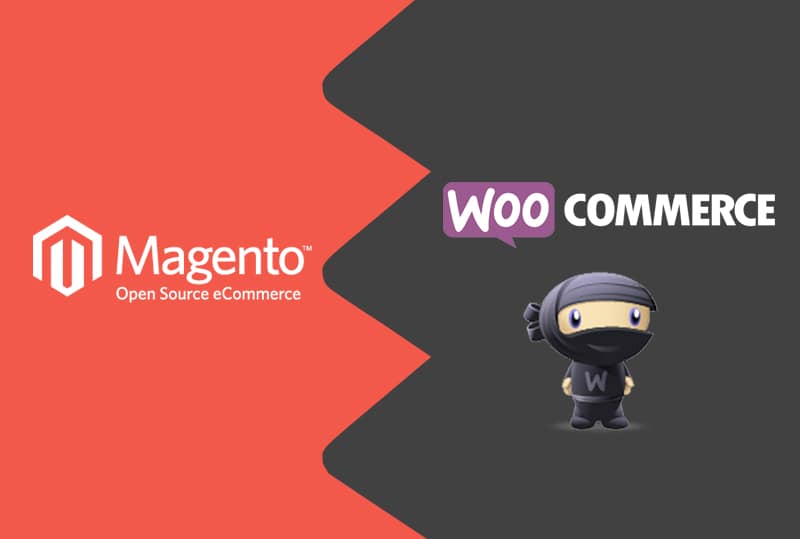While Magento and WooCommerce both serve well as self-hosted eCommerce platforms, WooCommerce has surged ahead in popularity in recent months. The numbers speak for themselves. As of October 2014, approximately 18% of all eCommerce sites in the world use WooCommerce. That’s twice as many as those using Magento (9.2%). So why is WooCommerce the preferred platform?
There isn’t a single reason, but in part it’s because WordPress has become the global leader in content management systems (CMS), powering over 45% of websites (more 12.7 million!). For those already familiar with WordPress (and that’s a large number of people nowadays), learning WooCommerce doesn’t take much time at all, since the user interfaces are quite similar. Moreover, themes optimised for WooCommerce will provide the same look and feel for both your regular site and your WooCommerce store.
Another important factor, and one which attracts non-WordPress users as well, is the extensibility of WooCommerce. That is, WooCommerce was built with the future in mind. The Extensions model enables WooCommerce to grow rapidly without overburdening the core, as well as provide good user support. In addition, WooThemes and third-party developers share in the revenue from premium extensions, which provides a strong incentive for the development of high-quality plugins. There are now hundreds of WooCommerce Extensions that integrate with other systems or add features to the WooCommerce core.
The Extensions model also means that WooCommerce doesn’t require as many server resources as Magento, which can put a serious strain on your server with its massive file structure. For a business with thousands of items stored in a database several GB in size, this can turn into a nightmare. The complexity and flexibility of Magento can be overwhelming for the average store owner. There is such a thing as too many options. Setting up your store can take you anything from a few days for a simple store based on a default theme, to months of work when you add thousands of products and use a custom design.
By contrast, adding a product in WooCommerce is basically like creating a WordPress post but with more variables. The power of WooCommerce lies in the product settings, some of which you can leave alone if you don’t need them. In a matter of days you can have your shop up and running, because you’ll be spending most of your time adding products and not fine-tuning your settings.
None of this is to say that Magento doesn’t have its uses. However, for most online businesses, especially if they have a non-developer or an inexperienced developer installing the store, Magento turns out to be more trouble than it’s worth. WooCommerce does the job 99.9% of the time and does it well. That’s why it’s the only eCommerce platform we use at SGD.
Author

James Fulton
Since founding the company in 2012, James has been the driving force behind SGD's success. As a visionary leader, he guides the SGD team, encouraging them to continually excel in digital design. James inspires a culture of growth, challenging each team member to surpass their own limits and set new standards in the field. This commitment to excellence not only propels personal development but also ensures SGD consistently delivers exceptional results for its clients.
Unlock Weekly Insights To Improve Your Website
Want to improve your website and digital marketing? Sign up to Marketing Monday for practical, up-to-date strategies on SEO, Google Ads, and website performance—delivered weekly.
No fluff, just results-driven advice. Unsubscribe anytime.
Next Article
Powering eCommerce with WordPress
October 21, 2014Start a Project









